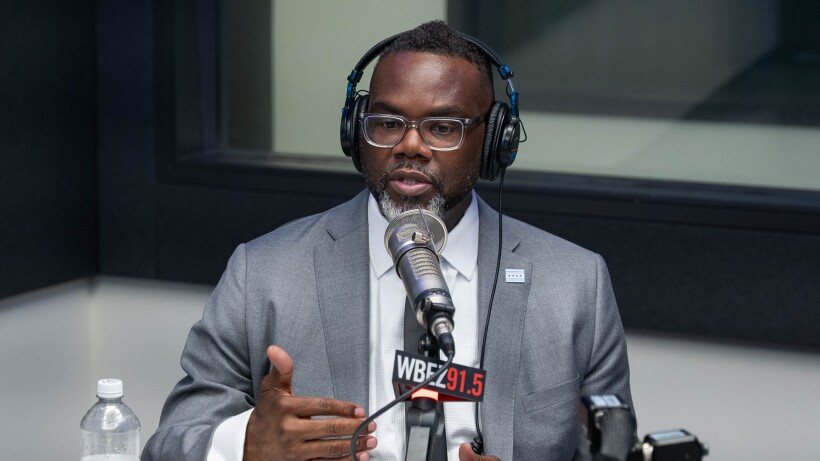Cincinnati Leaders Call for Charges Against Beating Victim

In Cincinnati, a recent violent incident has sparked considerable controversy as local leaders demand charges against a white victim of a brutal beating. The incident, which occurred earlier this month, involved a coordinated attack involving seven suspects, with the latest arrest being made of Gregory Wright. Police allege that Wright not only participated in the assault but also stole a gold chain from one of the victims while recording the violence on his phone.
The situation escalated when several community leaders publicly called for the arrest of the white victim, claiming that he “incited” the actions of the seven assailants. This unexpected demand has raised eyebrows and ignited heated discussions on social media and within local communities.
Community Responses and Debates
Critics of the leaders’ statements argue that blaming the victim for inciting violence contradicts established legal principles. Many have questioned the rationale behind holding the victim responsible for the actions of the attackers. One prominent voice in the debate suggested that instead of focusing on the victim, community leaders should address the broader issues of crime in their neighborhoods.
The incident has also drawn attention to the dynamics of race and violence in America. Many see the calls for charges against the victim as a form of victim blaming, where the responsibility for the crime is shifted away from the perpetrator. This has led to further discussions about accountability and the narrative surrounding violent incidents involving race.
Political Implications and Broader Context
The controversy has political undertones, with some suggesting that the response from community leaders reflects a larger agenda. Criticism has emerged against political figures for seemingly prioritizing certain narratives over addressing the root causes of violence in the community. This sentiment has led to a backlash against those who would shift focus from the actions of the assailants to the victim’s perceived provocations.
Cincinnati City Council members have also weighed in on the matter, with diverse opinions emerging regarding the appropriate response to such incidents. The situation serves as a microcosm of broader societal issues, where race, crime, and justice intersect.
As the community grapples with the implications of this incident, many are calling for a more thoughtful dialogue around violence, victimhood, and accountability. This case serves as a reminder of the complexities surrounding discussions of race and violence, particularly in an environment where emotions run high.
The ongoing discourse will likely continue to evolve as more details emerge and community leaders navigate the aftermath of this incident in Cincinnati.






